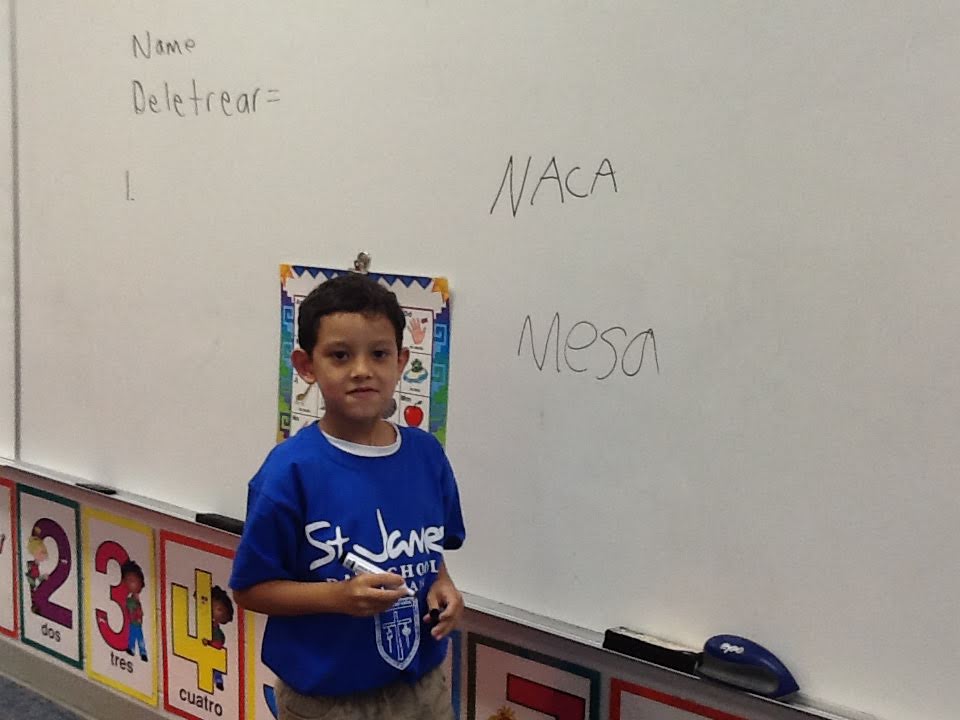Project Piñatas:
The students in fourth and third grades are finally ready to show their piñatas to the class and parents. The students worked, learned, and had fun while making their piñatas and I am proud of these kids!
The students started this project by researching the type of piñata they wanted to make and how to make it. They then bought their materials needed to make their piñata. Lastly, they built their piñatas. They were required to write a few sentences describing how they did their work. The student made a wide variety of piñatas. Some of these piñatas include an ice cream on a cone, a disco ball, a pumpkin, stars, a horse, a hot-air balloon, a taco, a rainbow fish, a pear, and even a PVC pipe as piñatas.
Students learned Spanish vocabulary that corresponds to making a piñata—words such as globos, periódico, cuerda, papel de seda, pegamento, pompones, carton, cartulina, cinta adhesive, pegamento caliente, and pintura.
The students not only learned new vocabulary on how to make piñatas, but they also had fun working together. They discovered that it is possible to learn through play.
Proyecto Piñatas:
Los estudiante de cuarto y tercer grado finalmente están listo para mostrar sus piñatas a las compañeros de clase y a sus padres. ¡Los estudiantes trabajaron, aprendieron y se divirtieron mientras hacían sus piñatas y estoy muy orgullosa de estos niños!
Los estudiantes comenzaron este proyecto investigando el tipo de piñatas: que querían hacer y cómo hacerlo. Luego compraron los materiales necesarios para hacer sus piñatas. Por último construyeron sus piñatas. Se les pidió que escribieran algunas oraciones que describieran cómo hicieron sus trabajo piñatas. Los estudiantes tuvieron una variedad de tipos de piñatas las cuales incluyen helados en conos, una bola de discoteca, una calabaza, estrellas, un caballo, un globo aerostático, un taco, un pez de arcoiris, una pera, e incluso una pipa de PVC como piñatas.
Los estudiantes aprendieron vocabulario en Español que corresponde a hacer piñatas: palabras como globos, periódico, cuerda, papel de seda, pegamento, pompones, cartón, cartulina, cinta adhesiva, pegamento caliente y pintura.
Los estudiantes no solamente aprendieron un vocabulario nuevo sobre cómo hacer piñatas, sino que también se divirtieron trabajando juntos. Descubrieron que es posible aprender jugando.




































































































































































